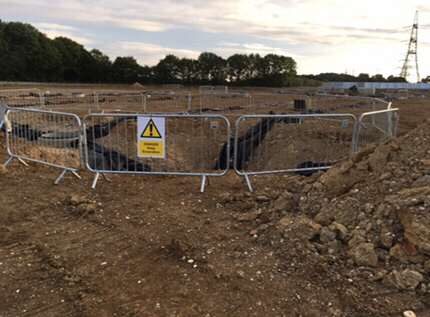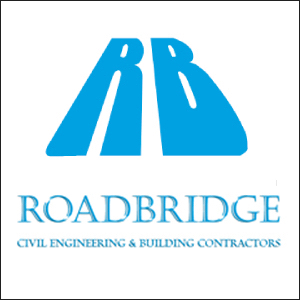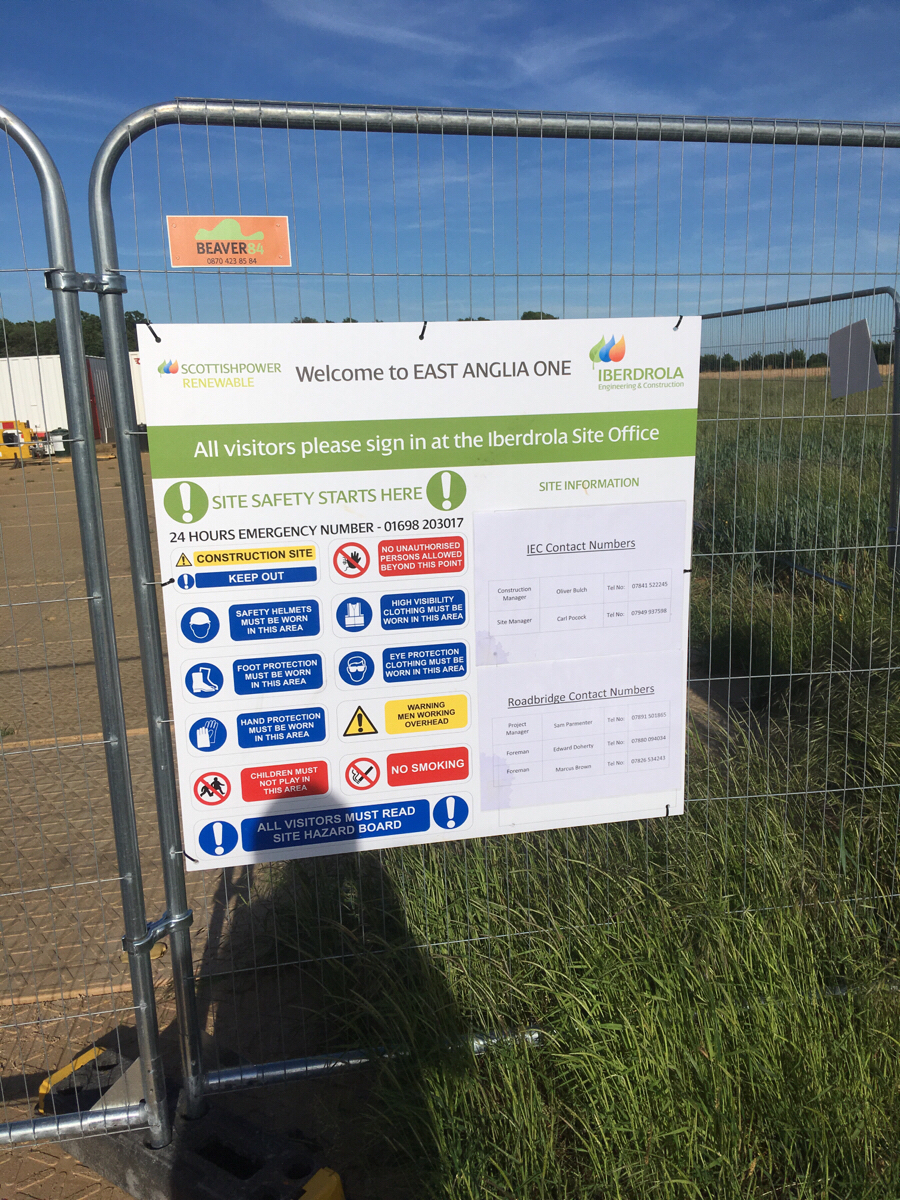Title Page
-
Document No.
-
Audit Title
-
Client / Site
-
Conducted on
-
Prepared by
-
Location
-
Personnel
-
Excavation Type / Depth / Purpose
-
Is a temporary works design & calculations available for the excavations including for access?
-
Is an approved MSRA in place and available?
-
Has the area been CAT scanned and are service drawings available?
-
Is a permit to work issued for the excavation?
-
Has an excavation Inspection been carried out in accordance with statutory requirements?
-
Do excavations have adequate support and shoring or are they benched or battered to prevent possible collapse?
-
Are drag boxes/trench boxes being utilised in the excavation? If yes are they Inspected and tagged?
-
Is adequate and sufficient access and egress provided?
-
Are ladders provided for safe access and egress and are they inspected and registered as per Roadbridge IMS and legislation?
-
Have suitable barriers been erected around excavations to prevent materials, plant, people or excavation operatives falling in (e.g. fencing, guard rails, toe boards)
-
Is the spoil from the excavation being located a safe distance from the excavation?
-
Has the excavation been defined as a confined space?
-
If the excavation is classified as a confined space are all workers adequately trained?
-
Where risk of flooding exists have cofferdams or caissons been installed with pumps?
-
Is temporary lighting provided for periods of darkness or foggy conditions?
-
Has an emergency plan been provided showing how workers will be removed from the excavation (e.g. during a medical emergency or accident)?
-
Is there a requirement for a standby/rescue team?
-
Have the operatives been trained in the use of RPE that may be required (e.g. face fitting of the mask)?
-
Have the workers been issued with additional appropriate PPE and RPE?
-
Is there a requirement for atmospheric testing in the excavation?
-
Has the excavation been purged of any gases prior to entry by workers?
-
Are there any hazardous substances being used - COSSH?
-
Has soil sampling been carried out to check for contaminants?
-
Has the site been designed so that the excavation is not at risk from vehicle and plant movement around the site (e.g. surcharging the walls of the excavation)?
-
Have surveys been undertaken to check for underground services that could be affected or damaged by the excavation?
-
Are there neighbouring structures or features that would affect the integrity of the excavation (e.g. watercourses, roads, railway lines)? Archaeology should also be considered.
-
Have considerations been taken for the pumping of water from the excavation after rainfall or ingress of water?
-
Is the excavation in compliance with the CDM (Construction, Design and Management Regulations) 2015?
-
Have workers been briefed on the methodology, hazards and risks and do they understand the control measures required?
-
Has an emergency plan for evacuation from the excavation been prepared and communicated to the workers on site and in the excavation?
-
Have arrangements been made for Inspections of the excavation as required by legislation?
-
Are there registers on site for statutory excavation Inspection?
-
Have the risk assessments been prepared and approved for excavation work to commence and include emergency rescue information and access and egress?
-
Comments:











